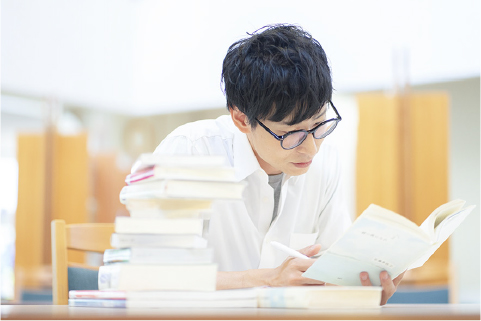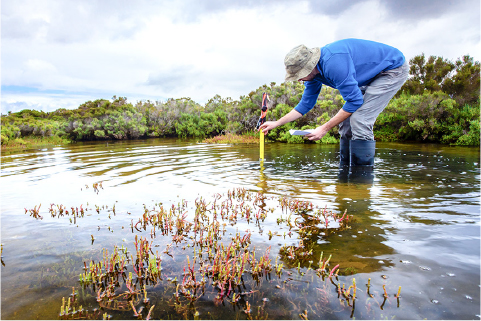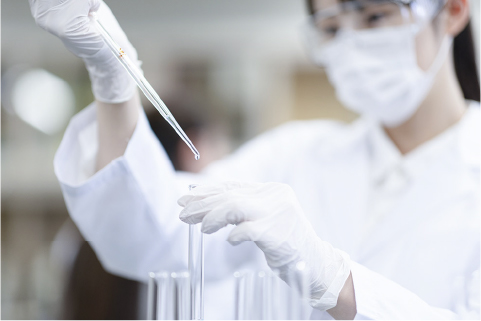研究者紹介
Researcher
工学研究科
システム工学専攻
THIRI SHOON WAI
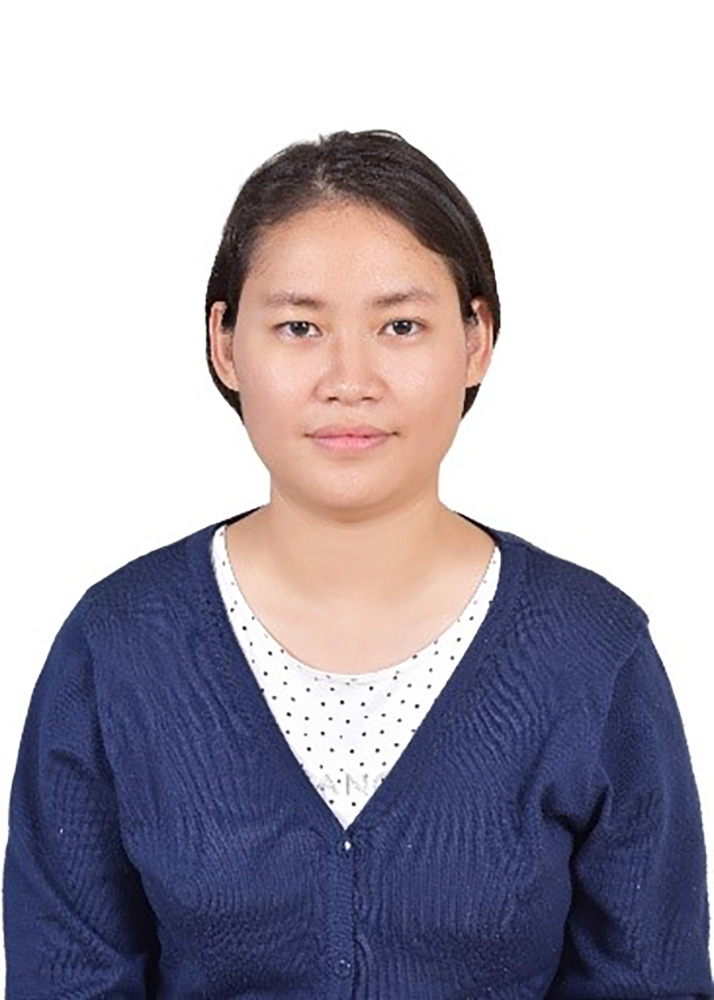
- 研究テーマResearch theme
- Greenhouse cultivation plays a key position in modern agriculture promoting high crop production. Cooling or heating technologies are mostly applied in greenhouses in tropical and boreal climate regions, respectively to provide a suitable environment for crop cultivation.
For cooling, most greenhouse cultivations adopt natural ventilation, an evaporative cooling system, and a mechanical cooling system to provide optimum environment for plant growth. According to a review of the literature conducted by several authors on greenhouse agriculture applications, the current technologies available for greenhouse cooling are not sufficient to meet all the cooling requirements of greenhouse crops. Generally, the air conditioners were provided to control the temperature the whole greenhouse area during cultivation. It leads to a huge amount of energy consumption. Hence, environmental control with a low energy consumption method in the greenhouse is essential for cultivation.
Thus, this study proposed the simple and easy to handle cooling technique using serpentine pattern copper pipe to apply in greenhouse agriculture. The root zone cooling system is simple as well. Since these cooling techniques are for creating a cooling environment only around the plantation area, it also has the potential to reduce energy consumption. Now the ongoing research is focusing on cooling. Alternatively, heating experiments using these two systems will be carried out.
This research targeted strawberries because strawberries have periodic daytime and nighttime temperature differences almost every day. It is very important to frequently cool down the temperature and heat up the temperature as a requirement for strawberries to get high quality crops. Thus, strawberries require high energy consumption compared to other crops which require general plant factories that use constant heating or cooling whole greenhouse during cultivation. Therefore, the proposed temperature control methods will be enabled to provide alternative temperature control such as cooling or heating effectively and efficiently.
The purpose of this study is to evaluate the heat transfer mechanism of air and root sides by using heat exchangers as well as to investigate the temperature profile around the systems from the engineering point of view.
One of the results from cooling experiments of air side is that the heat exchanger can reduce the air temperature to around 4~10 °C from the initial room temperature within one hour. Therefore, the heat exchanger can provide temperature control every day both daytime and nighttime.
Furthermore, it has the potential to produce high quality crops with low energy consumption when applied to real greenhouse cultivation. Consequently, the farmers can obtain higher income and will satisfy the citizens by providing high quality crops.
- 研究内容の概要Overview
- 1. Experimental rig setup
For the air side control, the serpentine pattern copper pipe is used as a heat exchanger. The overall dimension of the serpentine pattern copper pipe is 700 mm in length and 330 mm in width as shown in Figure 1. The serpentine copper pipes arrangement was placed on the stand and the surrounding local air temperatures were measured as shown in Figure 2.
The system diagram can be seen in Figure 2(a). The system consists of the serpentine pattern copper pipe heat exchanger, a chiller to supply cooling fluid, a flow meter, pressure gauges to measure the pressure drop of the heat exchanger, and humidity sensors. For the experimental condition, the flow rate, the inlet fluid temperature and the heat exchanger shape are chosen as variables. The local air temperatures are measured and evaluated. Figure 2 (b) shows the overall experimental serpentine pattern copper pipe system which was fully covered in a small room with an insulation panel to isolate exposure to the room. This experimental system is setup in the laboratory room.
2. Results
Figure 3 shows temperature reduction around the three vertical positions both below and above areas of the heat exchanger.
Figure 3(a) presents the local averaged air temperatures at three vertical positions below the serpentine pattern copper pipe heat exchanger in 50 mm intervals. Figure 3(b) represents the local averaged air temperatures at three vertical positions above the heat exchanger in 50 mm intervals for all inlet fluid temperatures at 1.5 L/min as an example. The steady state room temperature set to be around 25 °C.
The results showed the local air temperature around the heat exchanger can be reduced by decreasing the inlet fluid temperature. Specifically, the air temperature at the lower area of the heat exchanger can be cooler than the upper area. This heat exchanger system can reduce the air temperature around 4 ~ 10 °C from the initial room air temperature. These are sufficient for the periodic temperature control of the strawberry cultivation.
FIGURE 1. Dimension of the serpentine pattern copper pipe heat exchanger (All units are in mm)
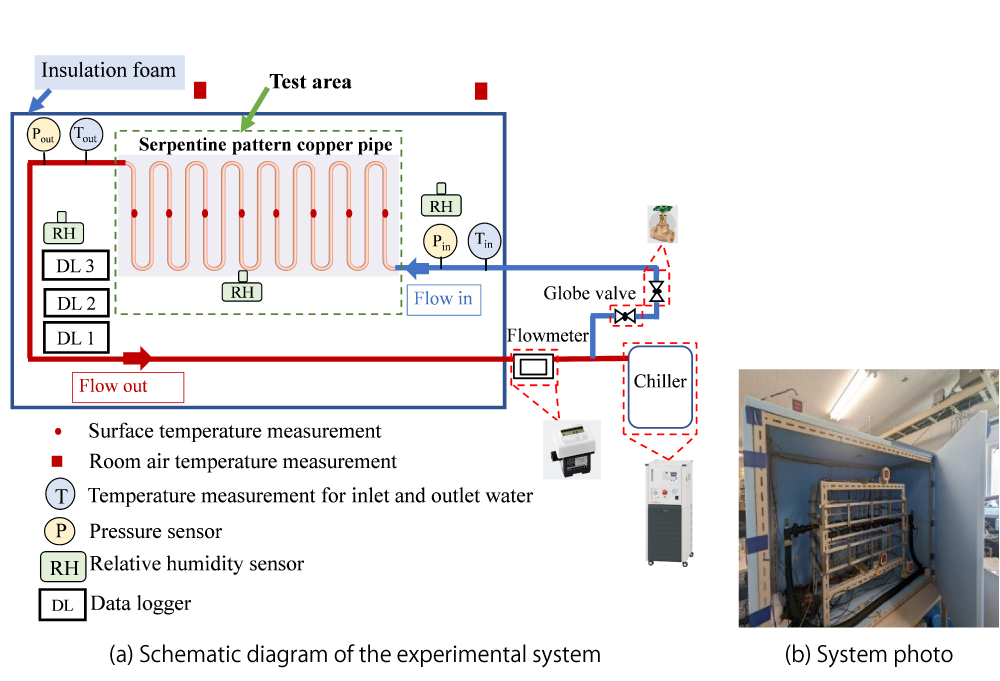
FIGURE 2. Experimental setup of serpentine pattern copper pipe heat exchanger.
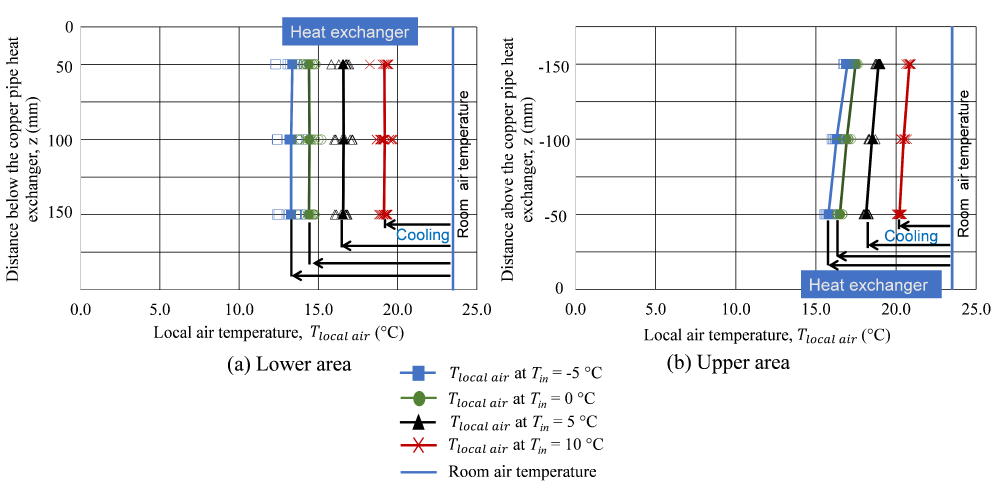
FIGURE 3. Temperature reduction of three vertical positions both above and below areas of the heat exchanger (Flow rate = 1.5 L/min.)
- 研究成果をどのように社会に役立てるか
(還元の構想)Giving back to society - This research were conducted in the laboratory room. The final target is to apply it to the real greenhouse cultivation in tropical and boreal countries, especially for strawberries cultivation. From the research perspective, the heat transfer performance as well as the local temperature were evaluated.
In general, when an air conditioner was applied to the overall area inside the greenhouse cultivation, it consumes a large amount of energy. However, this research is to provide environmental control only around the plantation area inside the greenhouse. Thus, it has the potential to save on energy consumption. Moreover, it also has the possibility of reducing GHG emissions in the agricultural field since the system will be operated by a renewable energy system.
As our global population continues to rise, so does the demand for food. As some of the Southeast Asian countries are developing countries, this research will contribute to the high quality of food as well as the high yield of food. It will provide food security too. Consequently, the farmers may obtain a higher income. Finally, it will satisfy the citizens and improve human lives by providing good quality of food.
